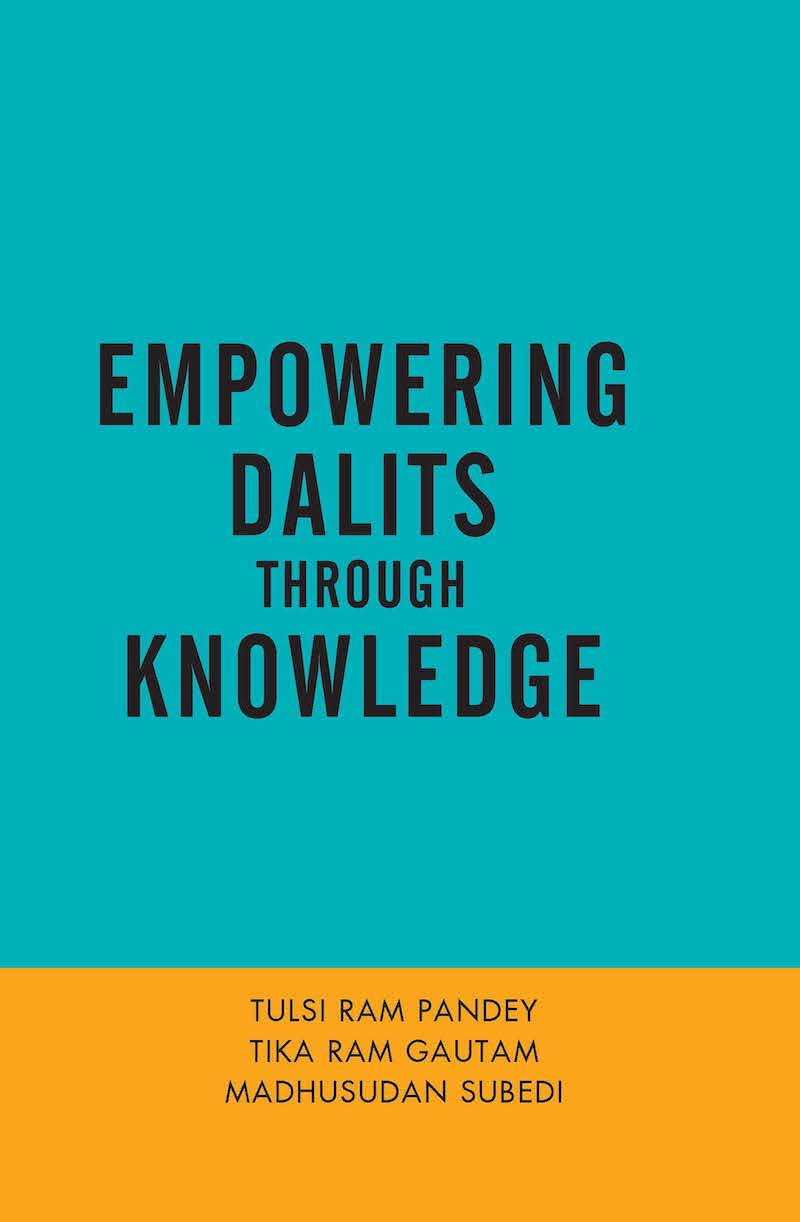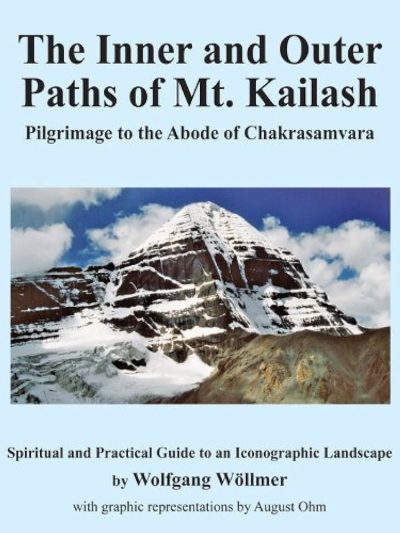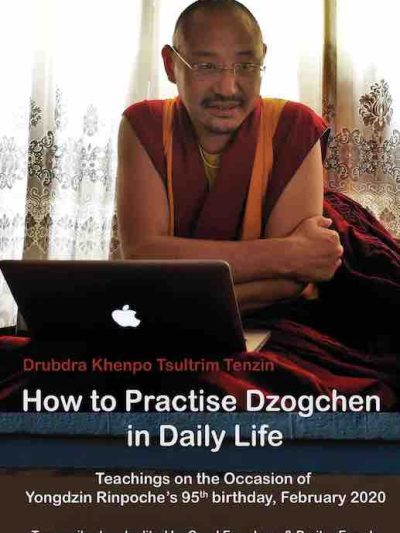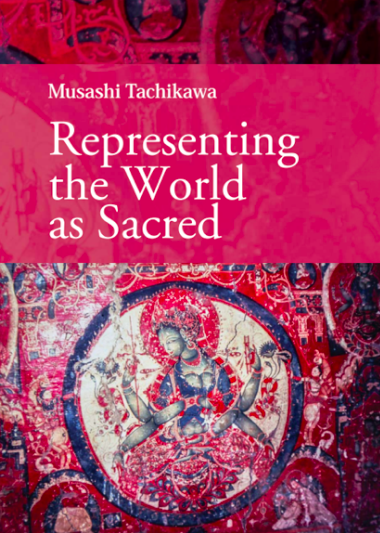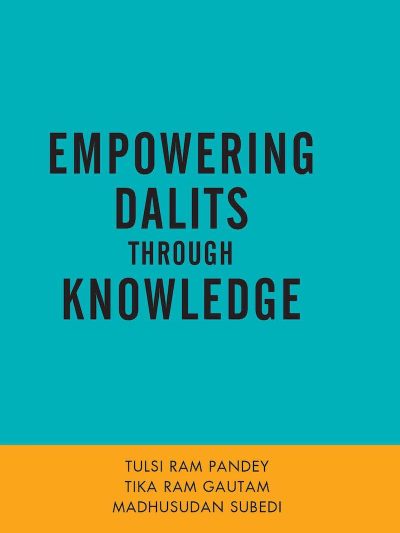Description
It is most welcome to have this stimulating collection of essays on the Dalits, the most underprivileged and discriminated caste/class in Nepali society. Written by academics and social activists, these well-researched essays challenge our thoughts and actions. The essays deal with a phenomenon that is at once harsh and cruel and yet enigmatically elusive and persistent. This book deserves a wide readership from among those interested in inequality and social change in Nepal today.
– Kedar Bhakta Mathema, Former Vice-Chancellor, Tribhuvan University, and Former Ambassador of Nepal to Japan
Empowering Dalits is a welcome contribution by top Nepali scholars and activists on one of the most pressing concerns of modern Nepal. The wide-ranging and engaging chapters in this volume provide both a clear introduction to caste relations in Nepal, with useful comparisons with the larger South Asian context, and a fresh approach, drawing from recent social science, emphasizing dynamic change. Readers will come away with a deeper understanding of the key transitions in caste history in Nepal and of the contemporary political landscape surrounding caste issues today.
– Tom Robertson, Historian, Former Director of Fulbright Nepal
As the still-nascent academic discipline of Dalit studies of Nepal matures into a vibrant, imperative pursuit, this book, Empowering Dalits through Knowledge, will be recognized as a landmark contribution. What it does most profoundly and definitively is to dislodge entrenched thinking, including my own, about caste and Dalits? place in it. Its contributors take on the most challenging topics of our time; through the lens of Dalit experience, it explores the relationship of Dalit identity with the experience of being Dalit in its various forms. It examines the material basis of caste in relation to its ideological underpinnings while also examining its fluidity historically and across different geographies, governmentalities and social structures. This volume demonstrates the great progress and visibility of Dalit studies in how Dalits are affected by local and global social, economic and political currents on the ground and theoretically. It also suggests how knowledge regarding Dalits casts light on these same issues and thus empowers the Dalit cause. This is a lively volume, not the least because of the provocative and informative ?conversation? between the eminent Chaitanya Mishra and the chapters? authors, engaging us in these intellectual debates and in considering paths forward for Dalit people.
– Steve Folmar, Chair of Department of Cultural / Applied Anthropology, Wake Forest University, USA

